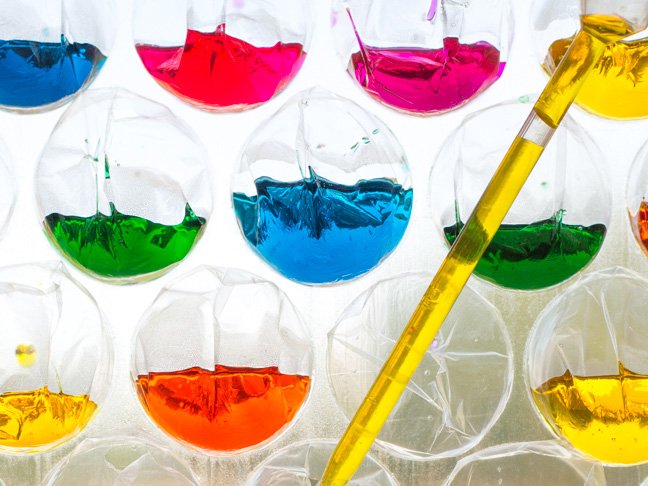I love activities that keep my kids’ attention for a long while, and this rainbow bubble wrap stained glass project is one of those. For such a unique process, it uses really basic materials, and even better, it’s a way to teach kids about the science behind color…
There was a problem loading this page. Please ensure JavaScript is enabled on your browser and any ad blockers are disabled.
Related
If I had a dollar for every time my son asked me for a new pet...we'd have a dog, it'd…
With winter vacation ending soon for most, it would be good to incorporate some fun indoor activities or DIYs into…
Fusilli aren’t silly at all as a pasta shape; in fact they are quite serious. That is, serious about providing…
Add a little dish soap to milk and food coloring and watch the colors come alive.
